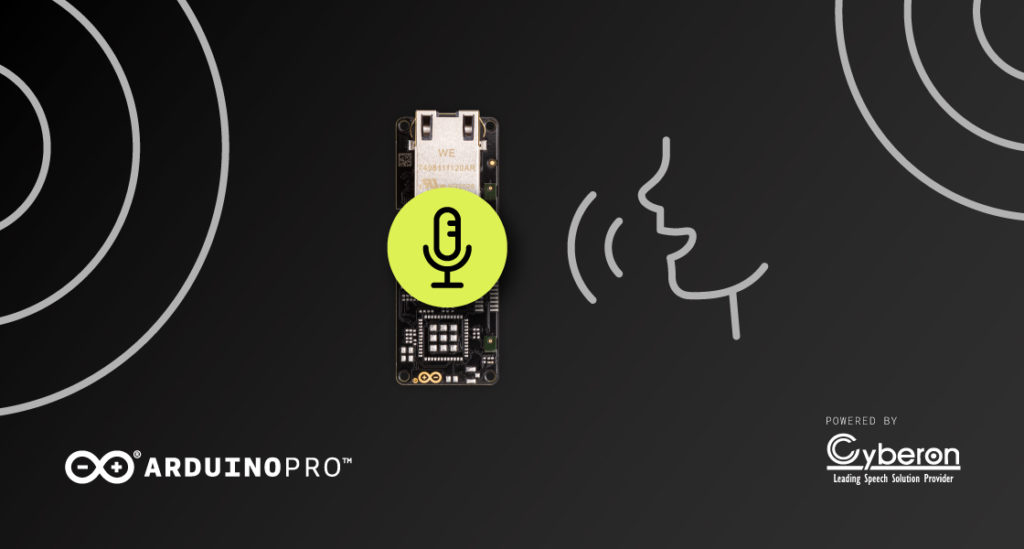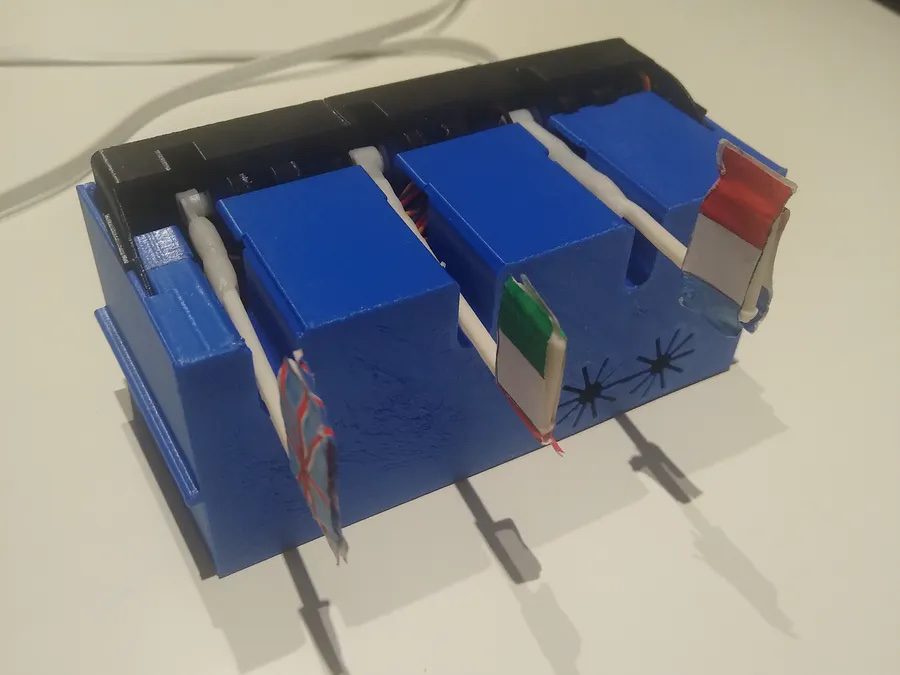Schlagwort: speech recognition
-

Fortune Cat uses embedded speech recognition to predict your future
Reading Time: 2 minutesFor well over one hundred years, people have been constructing machines that dispense fortunes to those who ask at the insertion of a coin and the push of a button. In modern days, this has taken the form of mobile apps that can be far more expansive, albeit with a lack of…
-

Instantly understand 40+ languages, with Speech Recognition Engine
Reading Time: 2 minutesVoice commands are a contactless, hands-free, natural way to interact with devices, equipment, and machines of all kinds: no wonder they are increasingly popular! With speech recognition technology advancing faster than you can say “users expect it,” developers often need to find ways to integrate it in their new projects. This, however,…
-

This Arduino device can detect which language is being spoken using tinyML
Reading Time: 2 minutesArduino Team — December 8th, 2021 Although smartphone users have had the ability to quickly translate spoken words into nearly any modern language for years now, this feat has been quite tough to accomplish on small, memory-constrained microcontrollers. In response to this challenge, Hackster.io user Enzo decided to create a proof-of-concept project that demonstrated…
-

Nandu’s lockdown Raspberry Pi robot project
Reading Time: 2 minutesNandu Vadakkath was inspired by a line-following robot built (literally) entirely from salvage materials that could wait patiently and purchase beer for its maker in Tamil Nadu, India. So he set about making his own, but with the goal of making it capable of slightly more sophisticated tasks. [youtube https://www.youtube.com/watch?v=Y5zBCSHnulc?feature=oembed&w=500&h=281] “Robot, can…
-

Start a 1976 Jeep with voice commands using a MacBook and an Arduino
Reading Time: < 1 minuteStart a 1976 Jeep with voice commands using a MacBook and an Arduino Arduino Team — March 9th, 2020 After being given a 2009 MacBook, John Forsyth decided to use it to start a 1976 Jeep via voice control. The build uses the laptop’s Enhanced Dictation functionality to convert text into…




